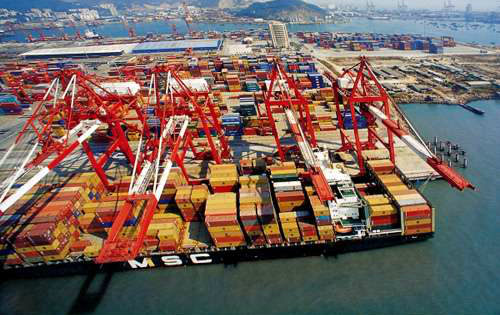
By Henry Hing Lee Chan
Watch out for China's Trade Data Carefully Next Month
China exports data for February was released on March 8 and weighed down the global stock market. Exports dropped at a faster pace of 25.4 percent year-on-year (yoy) following January’s decline of 11.4 percent yoy, a figure much worse than market expectations of a 14.5 percent contraction. On the import side, the drop was 13 percent yoy following January's decline of 18.8 percent, a figure that is close to the consensus of 12 percent.
Taking January and February's trade numbers together to strip out Chinese New Year distortions, China's exports contracted by 17.8 percent yoy and imports dropped 16.8 percent.
There are two unsettling signs that the market took from the figure:
First is the concern about global growth; The weak Chinese exports obviously means that global demand for Chinese goods is weak, which fueled another round of concerns in the markets about global growth. In particular, exports to Japan, US and Europe contracted rapidly and raised investor fears about the health of these major economies. Exports growth to the US, EU and Japan dropped 23.1 percent, 19.8 percent and 20.1 percent yoy respectively in February from 9.9 percent, 12.0 percent and 6.0 percent yoy respectively in January. In 2015, imports from China accounted for 3.9 percent of GDP for Japan, 2.8 percent for US and 2.4 percent for EU. Chinese consumer goods accounts for a significant market share in G3 and the sharp contraction would raise serious concerns on consumer spending in G3 if prolonged.
Second, some capital outflows may have been disguised under over-invoicing of imports from Hong Kong; In December to February, China imports from Hong Kong jumped by 71 percent yoy on average (65 percent yoy, 72 percent yoy and 89 percent yoy, respectively). This is in sharp contrast to Hong Kong's statistics of its exports to China (December 1 percent yoy and January 8 percent yoy). The difference between China and counterparty data widened visibly as a result. In light of RMB depreciation expectations and the rising pressure of capital outflows in late 2015, many economists are guessing that speculators have used the over-invoicing of China’s imports from Hong Kong as a channel to move money out of China, though China’s monthly average imports from Hong Kong were only USD 1.5 billion from December to February. The trend is alarming and signs of illicit capital flight will restrain the PBoC in its rate and money loosening move.
Even trade figure is one of the more volatile economic figures and a few months figure should not be taken too seriously. However, the worse trade performance since 2009 is still a worrying sign. IMF has taken the figure seriously and issued warnings on global growth after the release of the trade figure. Let us watch next month's figure closely to see if the market's two worries are right or wrong.






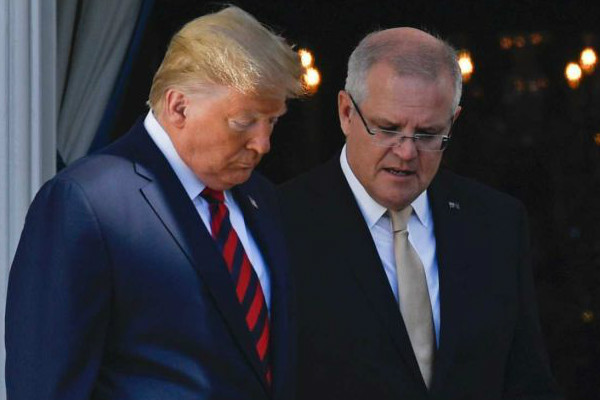



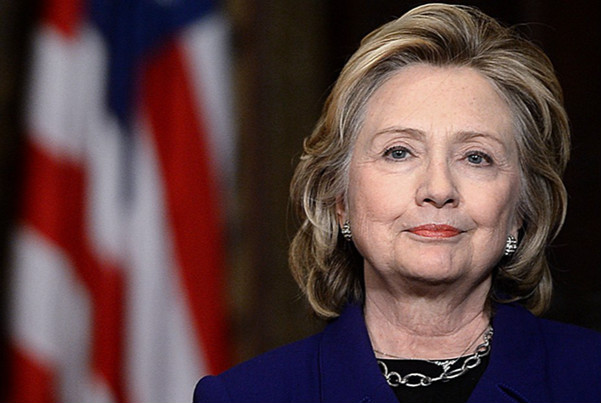







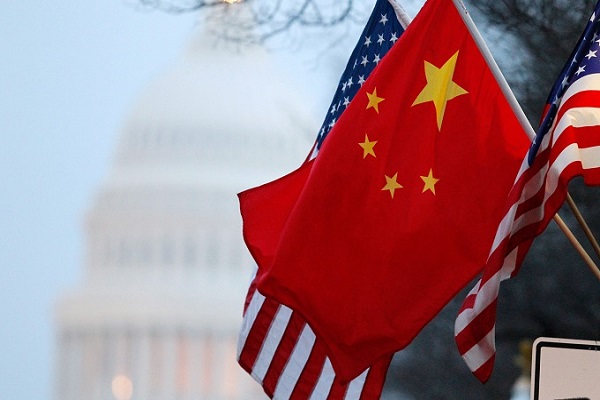



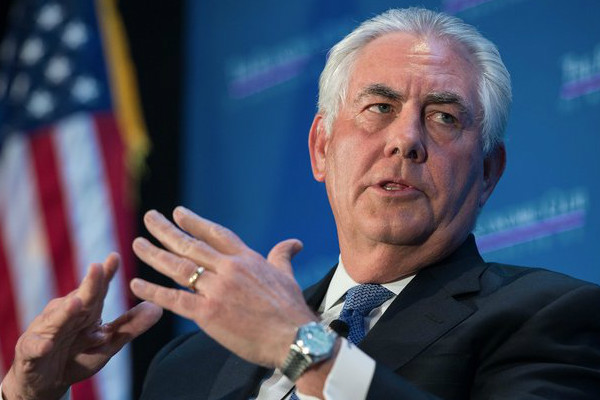

Leave a Reply
Your email address will not be published. Required fields are marked *